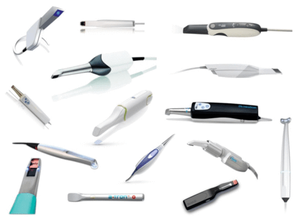 Intra oral scanners are powerful tools in Dentistry for diagnoses, planning, patient record keeping, demonstrating and educating patients with precise zoomed visualizations of their own teeth in a virtual environment with predicted outcomes. They also provide quick, accurate digital impressions for restorations that eliminates many variables that occur in traditional dentistry with impressions . The one thing that amazes me is that no one speaks about the limitations! It’s the simple things! In the days of analogue Dentistry, something is wrong! the issue is resolved between Dentist and the Dental Lab. In the digital age, something goes wrong! The issue is taken up with the company who sold the scanner, I/O scanner company support team, their software/ engineer team, internal IT department, system administrators, email provider, internet provider and that is before the issue is raised to the laboratory who go through the same checks! This is all done without one word about actual Dentistry of the case. A costly lesson! Buy a scanner! It’ll save you time and money! Yes this is true! Did you know certain types of restorations require 3D printed models which can vary in cost from £30 per arch. For example a simple mouth guard that usually costs £25 is now turned into £55 as the laboratory requires a 3D printed to pressure form the mouth guard which cannot be done without a physical model. Casting a traditional model can range between 1 hour to 24 hours, whereas 3D printed models can take between 8 hours to 2 – 3 working days if outsourced and the cost of the resin material is higher than the cost of casting a traditional model. What can be manufactured with out 3D printed models? For example, full contour zirconia restorations, some e.max inlays/onlays, temporary acrylic crowns can be milled without the requirements of 3D printed models. How is that possible? They are manufactured in a computerised environment without human physically touching the restoration and only the I/O scan and design parameters of the restoration are controlled by humans. After being digitally designed, they are milled CAD/CAM out of a block and sintered in furnaces at a controlled temperature. After sintering they’re stained and glazed with minimal hands on human touch interference. What about other products that need 3D printed models? Basically, anything that requires physical models for hands on manufacturing e.g Layered to zirconia crowns require a technician to physically hand layer ceramic onto the substructure that require a physical model to work within the parameters (margins, contacts, occlusion, profile). The best thing to do is ask the lab if a 3D printed models is required! What other things can go wrong!
What are your goals for your investment? Many clients use the I/O scanners for many different uses including orthodontic, restorative and preventative dentistry which all provide a ROI. I personally believe they are accurate, productive, eliminates variables and has many benefits including logistics but it has it’s limitations. Although this blog is not comprehensive enough to provide an informed decision on an I/O scanner investment, It will provide some form of a foundation to start from, as we are a dental laboratory who deal with this daily with 1000’s of cases monthly. Click below to view our digital services:
0 Comments
Your comment will be posted after it is approved.
Leave a Reply. |
Private Dental Laboratory in London
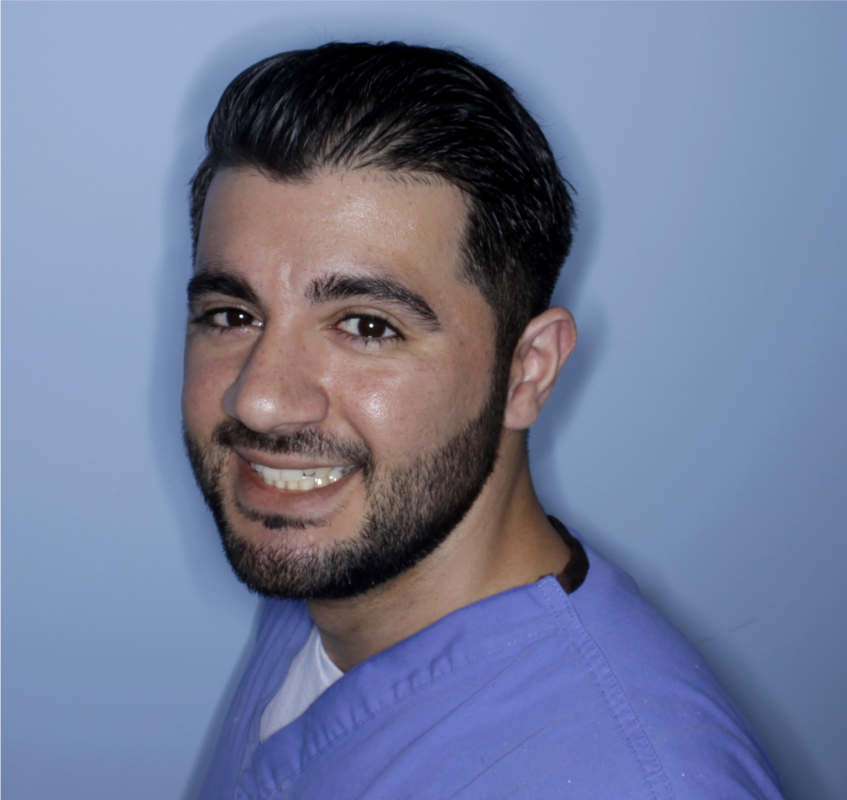 Kash Qureshi - Managing Director, Clinical Dental Technician Kash Qureshi - Managing Director, Clinical Dental Technician
About the author:
Kash Qureshi is a Clinical Dental Technician (Denturist) in the U.K who oversees and quality controls over 3000+ fixed and removable prosthesis including implant cases from a clinical and technical aspect monthly at Bremadent Dental Laboratory & Swissedent Denture Clinic in London. www.swissedent.co.uk www.bremadent.co.uk [email protected] Categories
All
Archives
May 2024
|

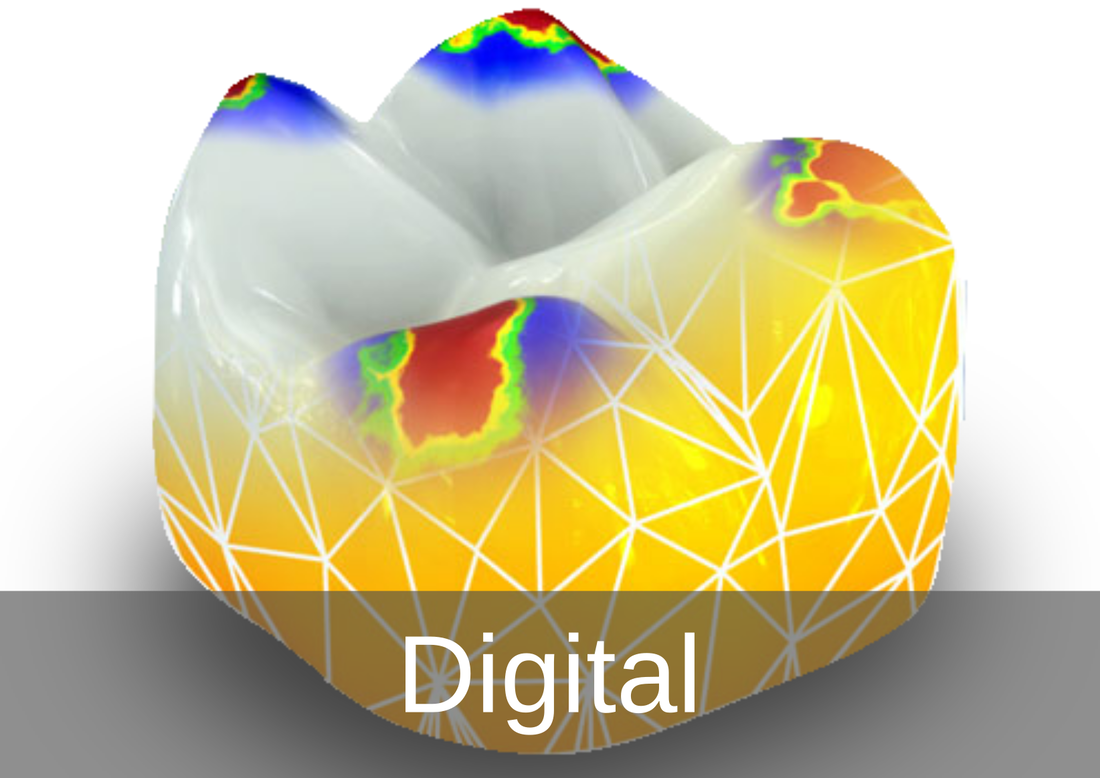
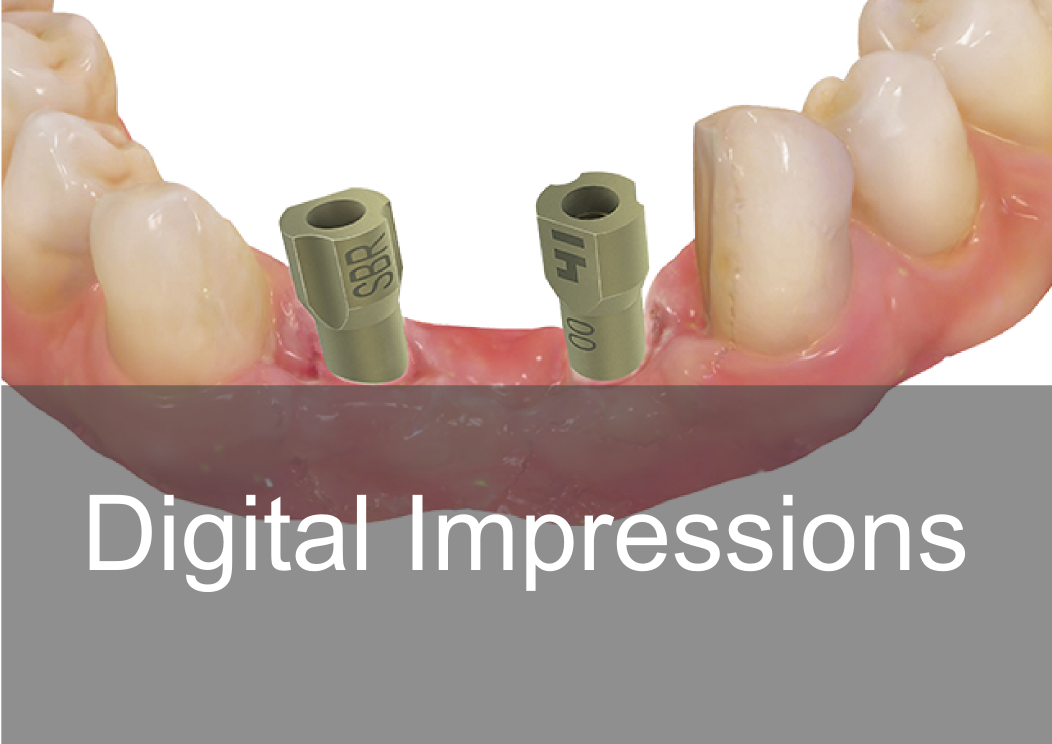
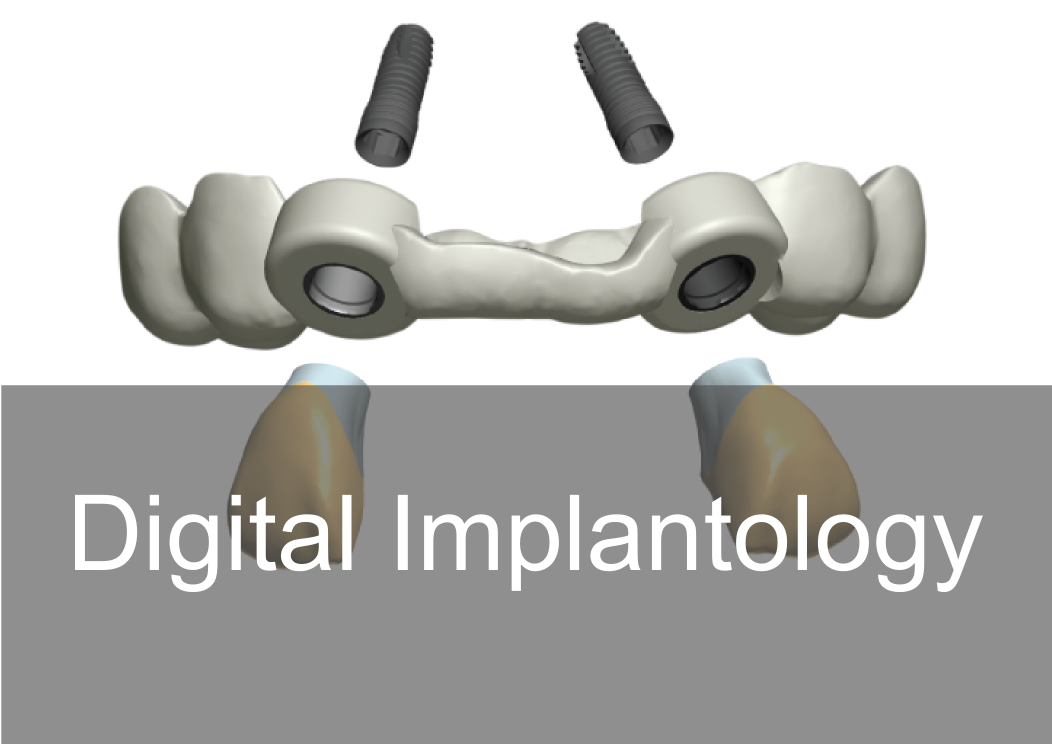
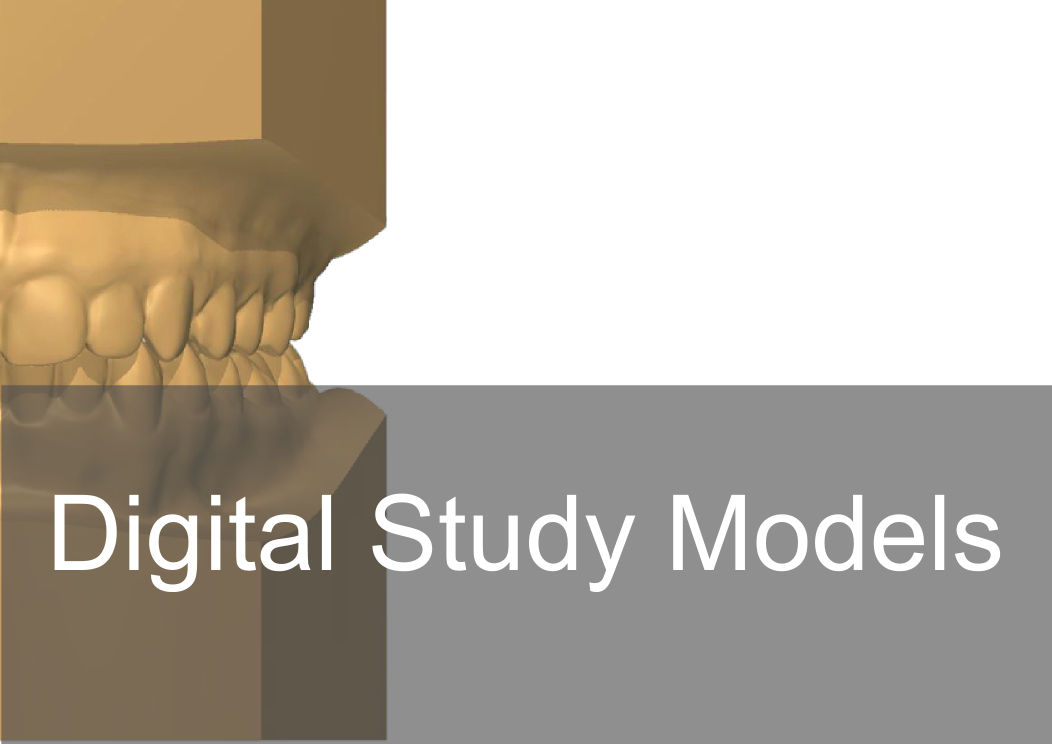
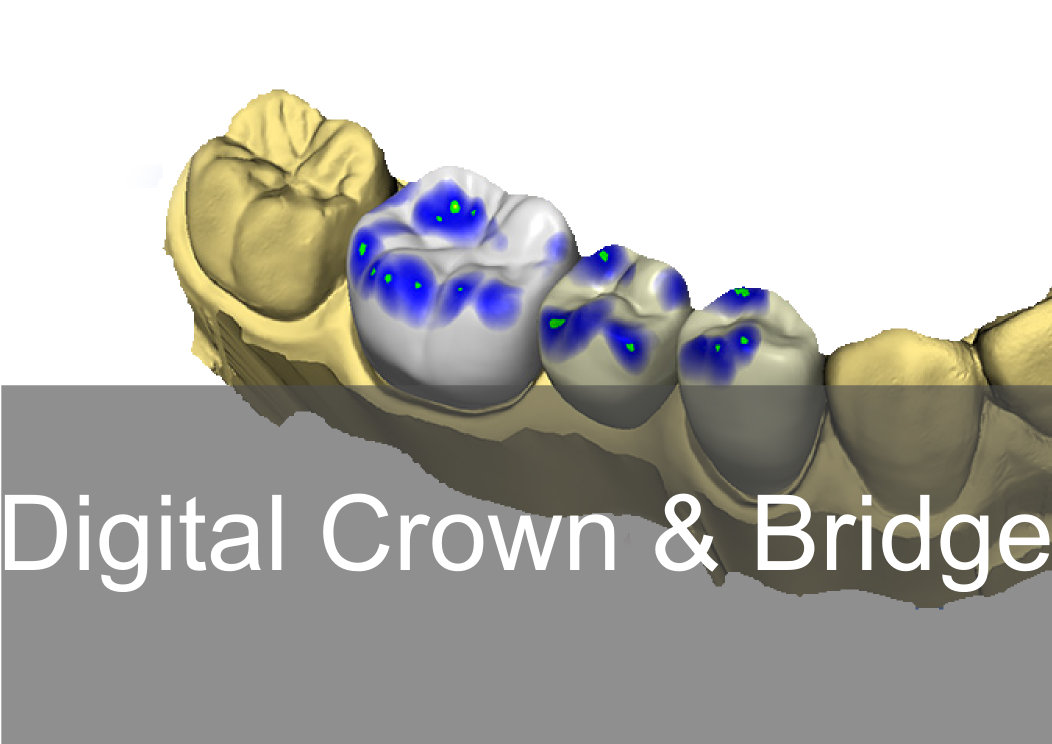
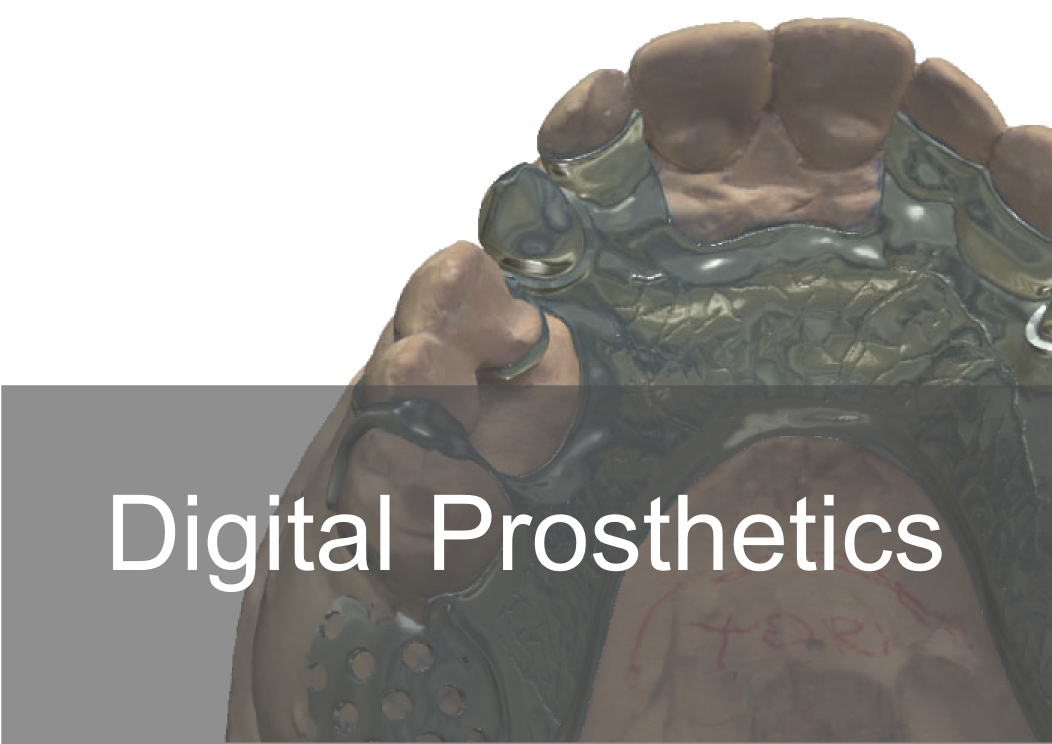
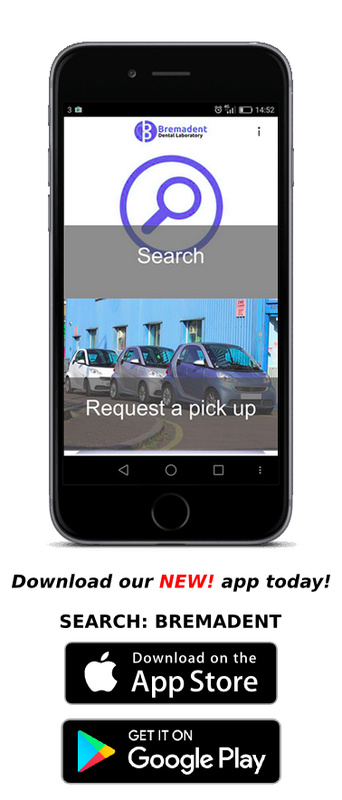
 RSS Feed
RSS Feed